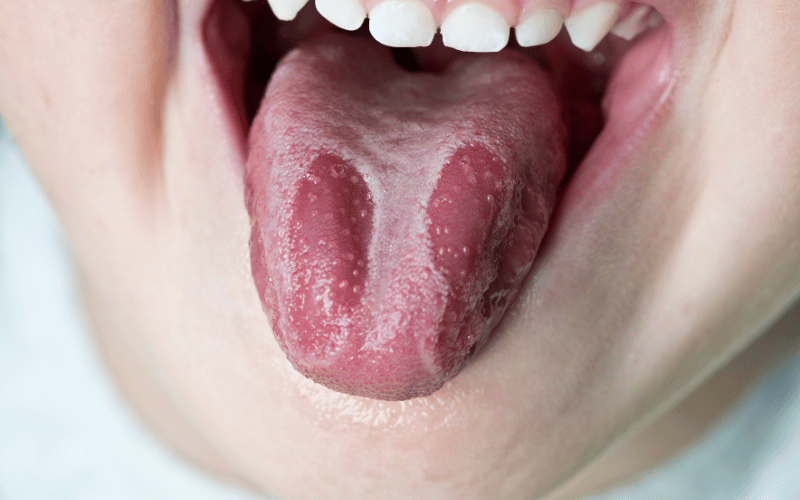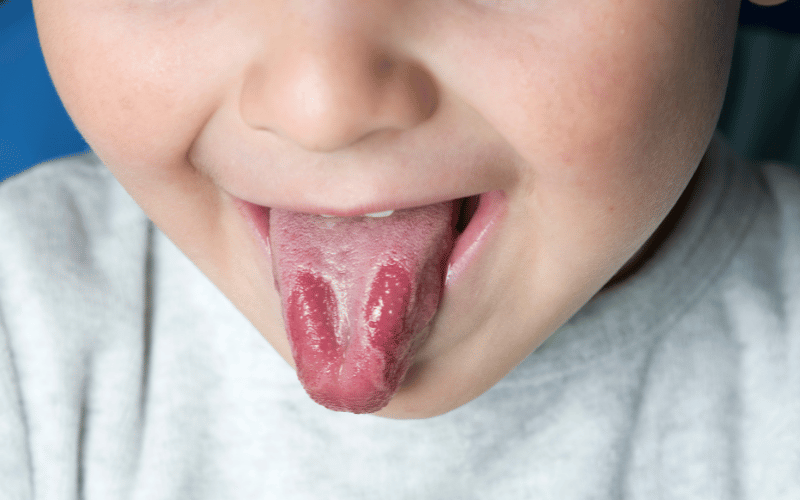Introduction: Geographic Tongue in the Spotlight
When it comes to the health of our children, even the most minor anomalies can stir up concern. Amid the plethora of pediatric conditions, geographic tongue stands out, not for its gravity, but for its intriguing presentation. As the name suggests, geographic tongue presents an ever-changing map on the tongue’s surface. Though benign in nature, it is a condition that often baffles parents and leaves them with myriad questions.

But what exactly is geographic tongue? It is a disorder that affects the tongue’s surface, giving it a characteristic appearance resembling land patches on a map. While it might sound worrisome, the condition is usually painless, and more often than not, doesn’t require any treatment.
However, the ever-shifting landscape on a child’s tongue can be disconcerting for parents. Understanding its symptoms and causes can go a long way in easing worries. The best approach, as with any medical condition, is to stay informed. This not only helps in recognizing the symptoms but also in managing them. Let’s delve deep into the heart of the matter and discuss the 10 primary symptoms of geographic tongue in children.
Symptom 1: Smooth, Red Patches on the Tongue’s Surface

One of the most evident indicators of geographic tongue in children is the appearance of smooth, red patches that grace the tongue’s surface. These patches, varying in size, can range from minute specks to larger regions. Their striking color stands out against the typical pale hue of the tongue, often catching the attention of concerned parents.
Each red patch is not just a mere color variation; it results from the loss of tiny, finger-like projections called papillae on the tongue’s surface. This loss gives the affected areas their distinct smooth texture. While the look might be concerning, it’s crucial to understand that these patches are benign and are not indicative of any severe underlying condition.
The reason behind the formation of these patches remains a mystery in the medical realm. It’s speculated that genetic factors, combined with certain environmental triggers, might contribute to their development. Despite their appearance, these patches don’t generally cause any discomfort or pain, making the condition largely asymptomatic.
For parents, it’s essential to monitor these patches without undue alarm. While they’re a primary sign of geographic tongue, they can sometimes be mistaken for other tongue conditions. When in doubt, it’s always a good idea to seek a professional opinion. (1)